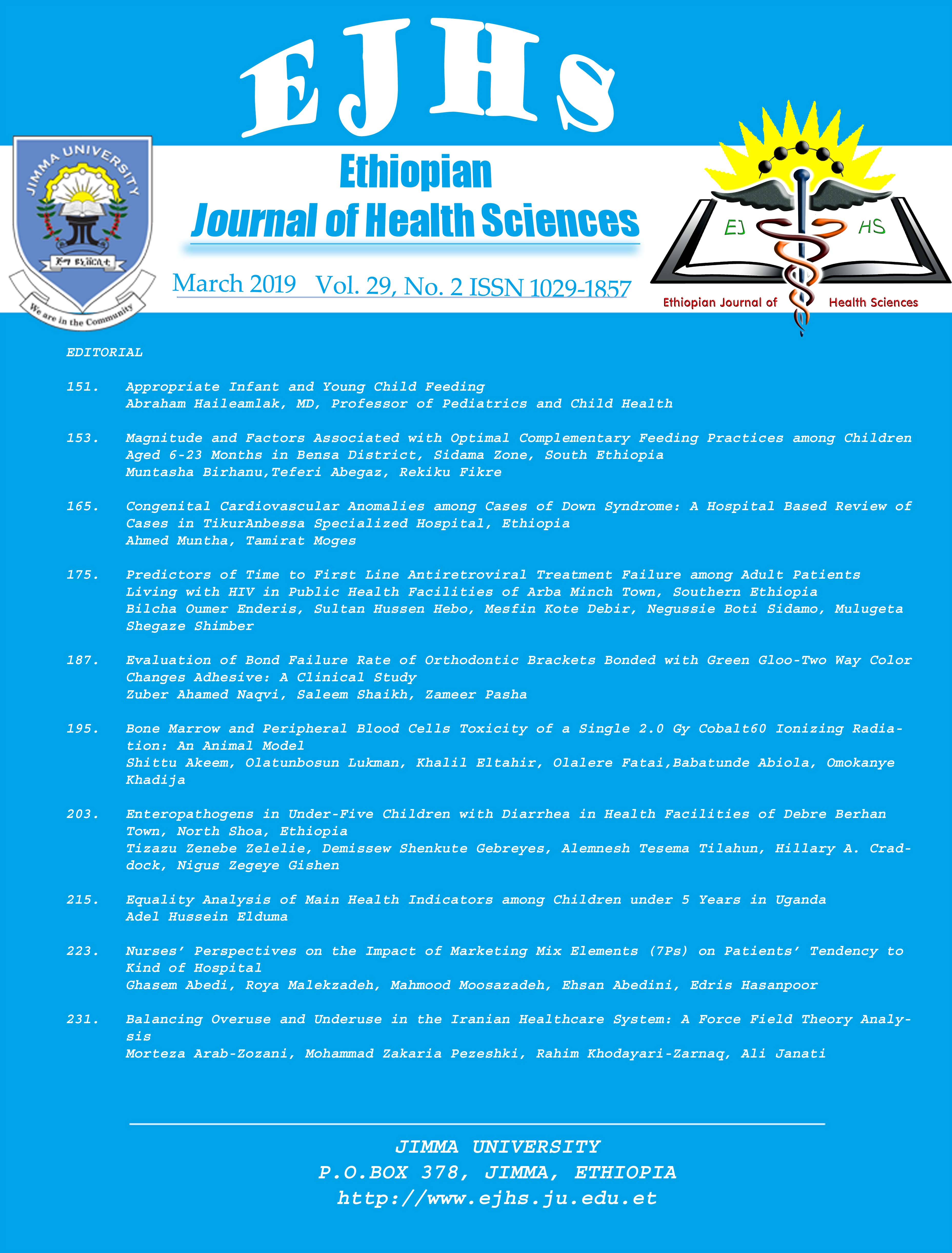A Case of Autoimmune Polyglandular Syndrome Тype 2 Associated with Atypical Form of Scleromyxedema
Main Article Content
Abstract
BACKGROUND: Autoimmune polyglandular syndrome type 2 represents an uncommon endocrinedisorder composed by Addison’s disease with autoimmune thyroid disease (Schmidt’s syndrome) and/ortype 1 diabetes mellitus. Scleromyxedema is a rare progressive cutaneous mucinosis usually associatedwith systemic involvement and paraproteinemia. To the best of our knowledge, there is no case report ofSchmidt’s syndrome associated with scleromyxedema.CASE DETAILS: A 34-year-old woman was admitted to Donetsk Clinical Territorial MedicalAssociation due to acute general weakness, reduced vision, dryness of integuments, memory decline,fatigue, weight loss, rash on the face trunk and extremities. A diagnosis of APS type II was madecomprising of autoimmune hypothyroidism and autoimmune adrenal insufficiency. Skin histopathologicexamination demonstrated the presence of mucin deposits, dermal fibrosis, fibrocytes and perivascularinflammation. In the absence of monoclonal paraproteinemia and the presence of typical histologicaland clinical signs, an atypical form of scleromyxedema was diagnosed. The patient was administered alifetime replacement levothyroxine and methylprednisolone therapy.CONCLUSION: Identification and adequate treatment of both APS type II and scleromyxedema inaffected patients pose a problem due to the lack of facilities for diagnosis and management plus commonmisdiagnosis. Early diagnosis should be made before the development of life-threatening complications.

